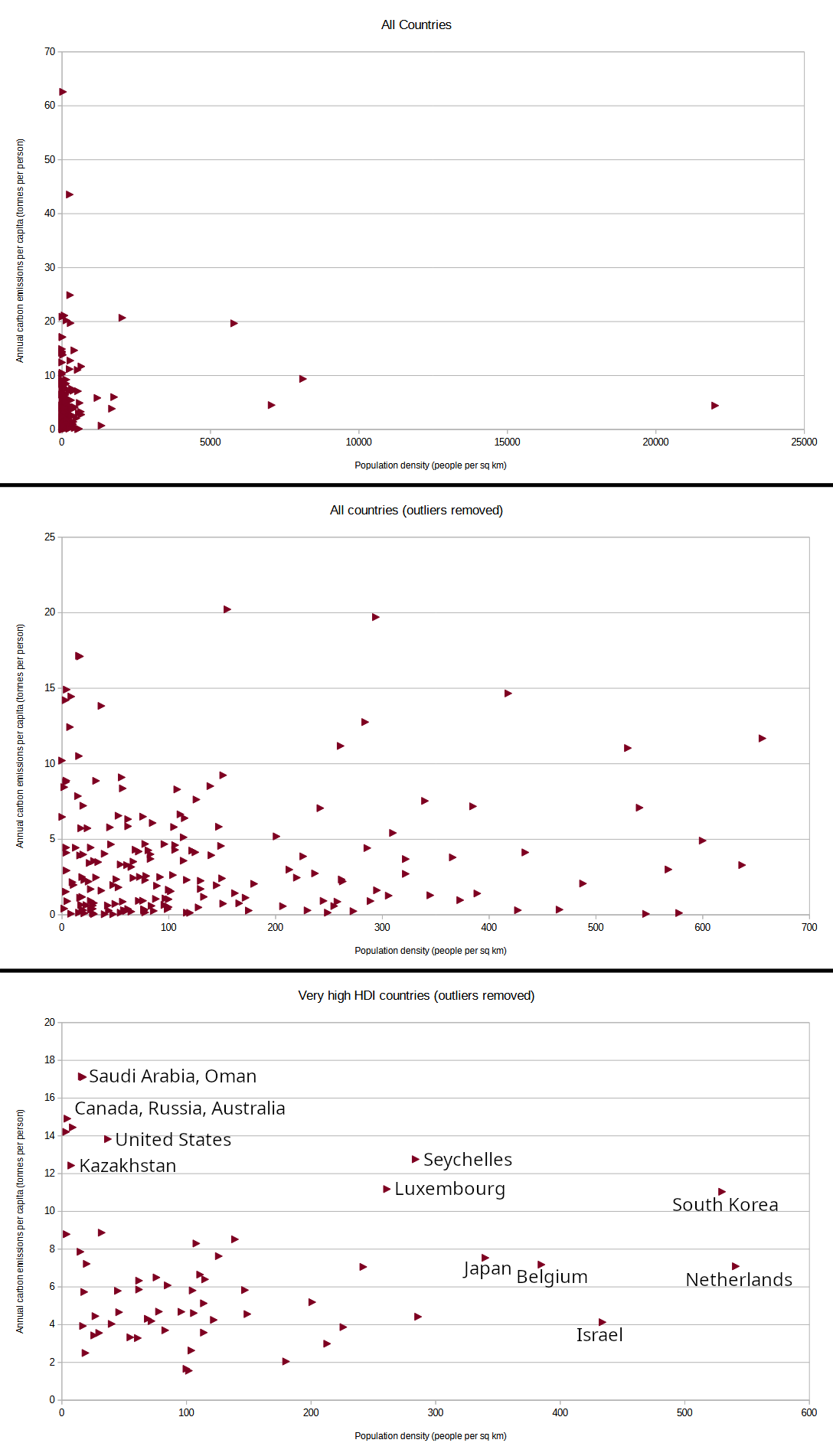China's green energy boom could spell the end of the fossil fuel age
-
This post did not contain any content.
Subsidies for solar going away because it was getting cheaper than coal/oil. bribes paid in exchange for subsidies. it's still cheaper than new fossil plants. oil still getting subsidies.
-
China's electrification efforts are substantial and to be applauded and encouraged.
The problem is when you tell one sided stories, the important details get lost.

This is the most recent figure on China's total energy mix from the IEA. They have a stupid long way to go on emissions.
It sounds nice to say they installed more solar in a month that australia has ever in it's history. Let's look at the trends...

Coal is up. Way up. Why did this article lose the narrative so badly? Because it's a fluff piece, not an informed, intelligent discussion on emissions.
Is there data for 2024 yet?
-
What's the source of these graphs? I've seen them used before for a different country and they look really cool. I could probably waste a few hours just browsing different countries

China - Countries & Regions - IEA
China’s energy sector is moving into a new direction following the president’s call for an “energy revolution”, the “fight against pollution” and the transition towards a service-based economic model. Energy policy places the emphasis on electricity, natu

IEA (www.iea.org)
You can look at any country.
-
Is there data for 2024 yet?
Not that I saw. See another post below with the iea website.
-
From what I've gleaned of the ravings of the angry stupid right blogosphere, a lot of people actually do think that only tree huggers want green energy.
And I have little doubt that that's an opinion that Trump shares, but that's not his main motivation in all of this. His main motivation is big fat bribes from the fossil fuel industry.
He's not in a position to know (much, including) how many investors have put their money on green. A few months to put up a low/no-waste solar or windmill farm (he hates how they look) and start profiting ... 10 years (at least) to build a high-waste nuke (and decades of paying interest on those expensive long-term loans)
-
Per capita emissions favour densly packed high population countries.
I dont think countries thay have 5m people should be held to the same number as ones that have 1billion. For nz the best way for us to reduce our per capita emissions is to add another 50m people but that would be counter productive since we want to reduce overall pollution.
-
The tech wasn't there yet
It was mostly there for windmills. One of the first big US windmills was built by Charles Brush ... one of the early NYC electricity pioneers ... over a century earlier. Dependency on oil (political) kept people from realizing how much free energy (fuel) the Sun sends us. WAY more than we can use.
-
Subsidies for solar going away because it was getting cheaper than coal/oil. bribes paid in exchange for subsidies. it's still cheaper than new fossil plants. oil still getting subsidies.
I think I need to talk to my friend Luigi about this.
-
Per capita emissions favour densly packed high population countries.
I dont think countries thay have 5m people should be held to the same number as ones that have 1billion. For nz the best way for us to reduce our per capita emissions is to add another 50m people but that would be counter productive since we want to reduce overall pollution.
Do you have actual data for that? Here are some comparisons of population density and emissions per capita:
The first chart is every country and territory that wikipedia had numbers for on both population density and emissions per capita.
The second has outliers with the highest densities and emissions per capita removed in order to make the rest visible (removed entries are Bahrain, Bangladesh, Barbados, Bermuda, Brunei, Gibraltar, Hong Kong, Kuwait, Macau, Maldives, Moldova, New Caledonia, Palau, Qatar, and Singapore. I hope you agree that these are not particularly comparable to the US or China for a variety of reasons and are okay to exclude).
The third cuts it down to only countries that have a "very high" rating (at least 0.8) on the Human Development Index, as a proxy for advanced economies. As you can see, there is not a strong correlation between high densities and low emissions. Chile, Sweden, Argentina, and Norway all actually have both significantly lower densities than the US and significantly lower emissions (and there are more, I'm just counting some with populations of at least ten million). Same goes for NZ, there are several countries with comparable or lower densities and also lower emissions. The densest countries are not particularly low emitters, and the sparsest cover the full range.
I can think of a few potential factors explaining it. Yes, high density makes transport easier, but it also means less access to land for clean energy (which is generally much less compact than fossil fuels). Additionally, even in very sparsely-populated countries, most of the population actually tends to be fairly concentrated around a few cities anyway. Consider Australia; it's not like Australians are evenly distributed across the continent, so the very low population density isn't particularly representative of the infrastructure challenges for most people there

-
Oh, but Germans can just buy their electricity from French nuclear plants.
Jellyfish; Hold my protozoa...




